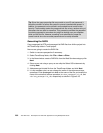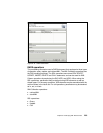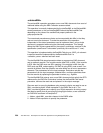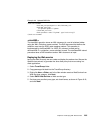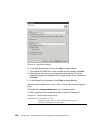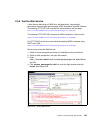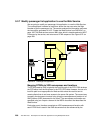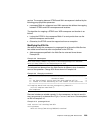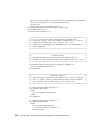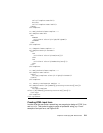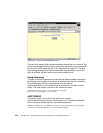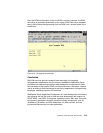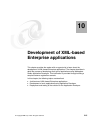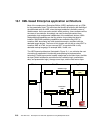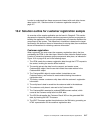210 The XML Files: Development of XML/XSL Applications Using WebSphere Studio
xmlns:xsd1="http://tempuri.org/Travel/TravelGroup/passengerList.dadx/XSD"
xmlns:pl="http://www.airline.com/passengerList.dtd"
version="1.0"
xmlns:xalan="http://xml.apache.org/xslt">
<xsl:output method="xml" encoding="UTF-8" indent="yes"
xalan:indent-amount="2"/>
<xsl:strip-space elements="*"/>
<!--======================================================================-->
<!-- This file contains an XSLT transformation stylesheet which -->
<!-- constructs a result tree from a number of XML sources by filtering -->
<!-- reordering and adding arbitrary structure. This file is -->
<!-- automatically generated by the XML Mapper tool from IBM WebSphere -->
<!-- Studio Workbench. -->
<!--======================================================================-->
<!--======================================================================-->
<!-- The Root Element -->
<!-- The "Root Element" section specifies which template will be -->
<!-- invoked first thus determining the root element of the result tree. -->
<!--======================================================================-->
<xsl:template match="xsd1:retrieve_passengerList_rdbResult">
<xsl:call-template name="html"/>
</xsl:template>
<!--======================================================================-->
<!-- Remaining Templates -->
<!-- The remaining section defines the template rules. The last template -->
<!-- rule is a generic identity transformation used for moving complete -->
<!-- tree fragments from an input source to the result tree. -->
<!--======================================================================-->
<!-- Newly-defined element template -->
<xsl:template name="html">
<html>
<xsl:call-template name="body"/>
</html>
</xsl:template>
<!-- Newly-defined element template -->
<xsl:template name="body">
<body>
<xsl:attribute name="bgcolor">
<xsl:value-of select="'#FFFFCC'"/>
</xsl:attribute>



